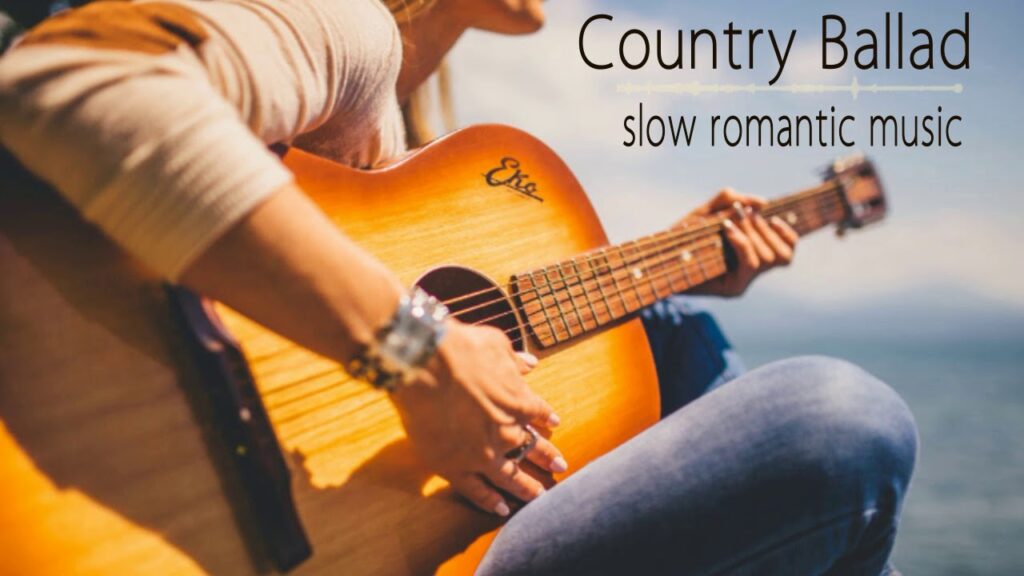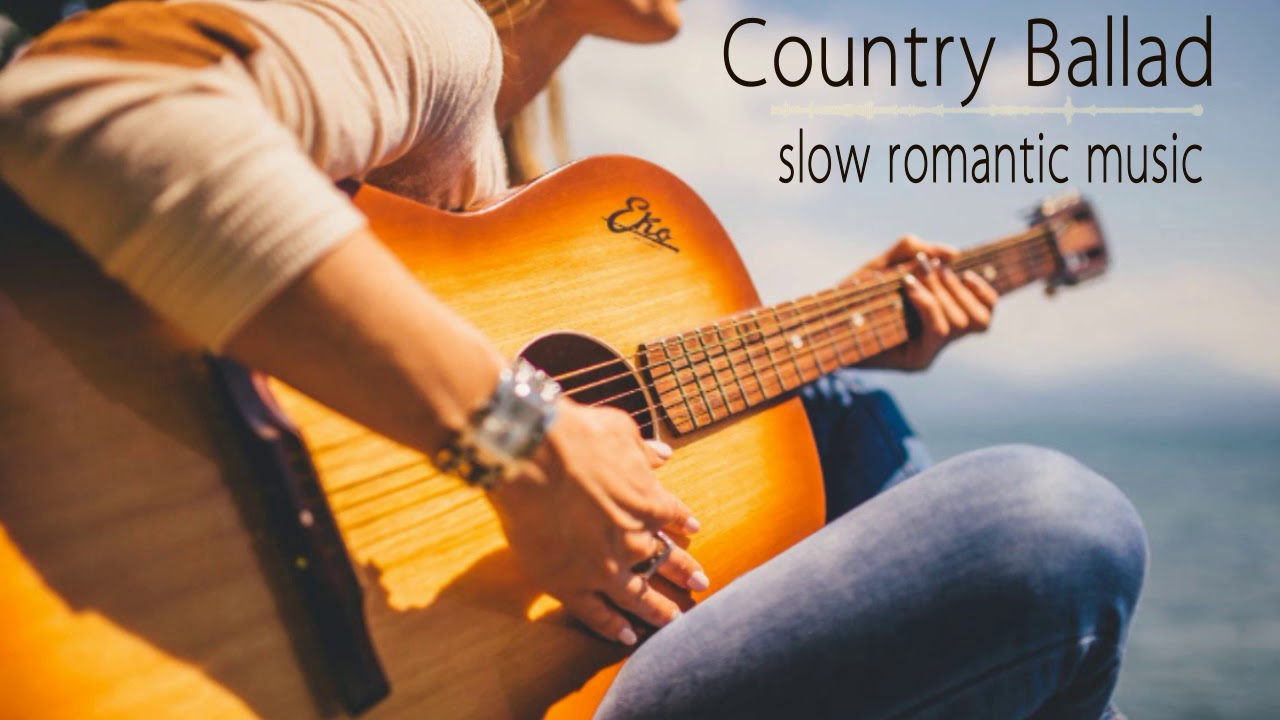
Unlock the Soul: Mastering Modern Folk Acoustic Ballads with a Capo
Have you ever been captivated by the raw emotion and storytelling power of a modern folk acoustic ballad, only to wonder how to achieve that same rich, captivating sound? The secret often lies in a simple yet powerful tool: the capo. This article delves deep into the art of crafting modern folk acoustic ballads with a capo, providing you with the knowledge and techniques to unlock your musical potential. We’ll explore the nuances of capo use, songwriting tips, and performance techniques, equipping you to create compelling and emotionally resonant music. By the end of this comprehensive guide, you’ll not only understand the technical aspects but also gain a deeper appreciation for the artistry behind this enduring genre.
The Enduring Appeal of Modern Folk Acoustic Ballads
Modern folk acoustic ballads represent a powerful intersection of tradition and innovation. Drawing inspiration from classic folk storytelling and instrumentation, these songs often tackle contemporary themes with honesty and vulnerability. The use of acoustic instruments creates an intimate atmosphere, while the ballad form allows for extended narratives and emotional exploration. What truly sets them apart is the lyrical depth and the emotional honesty that resonates with listeners on a profound level.
The genre’s enduring appeal can be attributed to its ability to connect with audiences on a human level. In a world saturated with manufactured pop, modern folk offers authenticity and substance. Artists like Bon Iver, The Lumineers, and First Aid Kit have successfully bridged the gap between traditional folk and contemporary sensibilities, attracting a wide audience with their heartfelt lyrics and captivating melodies. Their music speaks to universal experiences of love, loss, hope, and resilience, making it both timeless and relevant.
The Capo: A Folk Musician’s Best Friend
While the soul of a folk ballad lies in its lyrics and melody, the capo is an indispensable tool for achieving the desired sound and playability. A capo is a clamp that shortens the strings of a guitar, effectively raising the pitch of the instrument. This allows guitarists to play in different keys without having to learn new chord shapes, opening up a world of sonic possibilities.
Beyond simply changing the key, a capo can also alter the overall tone and feel of a song. By placing the capo on different frets, you can create brighter or darker voicings, add sustain, and even simulate the sound of a 12-string guitar. It also allows singers to find a key that perfectly suits their vocal range without sacrificing the familiar chord progressions they’ve already mastered. In our experience, experimenting with different capo positions is key to unlocking the full potential of your songwriting.
Mastering Capo Techniques for Folk Ballads
Using a capo effectively requires more than just clamping it onto the fretboard. Understanding the nuances of capo placement and its effect on chord voicings can significantly enhance your songwriting and performance.
- Choosing the Right Capo: There are several types of capos available, including spring-loaded, toggle, and screw-on models. Each type has its own advantages and disadvantages in terms of ease of use, pressure distribution, and potential for buzzing. For acoustic guitars, a capo specifically designed for the instrument’s neck radius is crucial to ensure even pressure across all strings.
- Proper Capo Placement: Position the capo as close to the fret as possible, without actually resting on top of it. This minimizes buzzing and ensures accurate intonation. Make sure the capo is evenly clamped across all strings to avoid any deadening or muting.
- Understanding Transposition: When you place a capo on a fret, you are transposing the key of the song. For example, placing a capo on the 2nd fret effectively raises the key by two semitones. Understanding transposition allows you to easily adapt existing songs to your vocal range or experiment with different tonal colors.
- Creating Unique Voicings: The capo allows you to play familiar chord shapes in different positions on the neck, creating unique voicings and textures. Experiment with playing open chords higher up the neck or using barre chords with the capo to achieve a richer, more complex sound.
Crafting Compelling Lyrics for Modern Folk Ballads
At the heart of every great folk ballad lies a compelling story. Whether it’s a personal reflection, a social commentary, or a fictional narrative, the lyrics must resonate with authenticity and emotional depth.
- Tell a Story: Folk ballads are traditionally narrative songs, so focus on crafting a clear and engaging storyline. Develop compelling characters, introduce conflict, and provide a satisfying resolution.
- Use Vivid Imagery: Paint a picture with your words. Use descriptive language and sensory details to bring your story to life and immerse the listener in the world you’re creating.
- Tap into Universal Themes: Explore timeless themes such as love, loss, hope, resilience, and social justice. These themes resonate with audiences across cultures and generations.
- Write from the Heart: The most powerful lyrics are those that come from a place of personal experience or genuine emotion. Don’t be afraid to be vulnerable and share your own unique perspective.
The Role of Melody and Harmony in Folk Ballads
While lyrics are crucial, the melody and harmony of a folk ballad play an equally important role in conveying emotion and capturing the listener’s attention. Simplicity and authenticity are key.
- Focus on Singable Melodies: Create melodies that are easy to remember and sing along to. Avoid overly complex or chromatic passages that might alienate listeners.
- Use Simple Harmonies: Folk ballads typically rely on simple, consonant harmonies that support the melody and enhance its emotional impact. Experiment with adding vocal harmonies or using chord inversions to create subtle variations.
- Embrace Minor Keys: Minor keys often lend themselves well to the melancholic and introspective nature of folk ballads. Explore the use of minor chords and modal scales to create a darker, more evocative atmosphere.
- Use Dynamics Effectively: Vary the dynamics of your song to create emotional contrast and build tension. Use softer passages to create intimacy and louder passages to convey passion or intensity.
Choosing the Right Acoustic Guitar for Folk Ballads
The sound of your acoustic guitar can significantly impact the overall tone and feel of your folk ballad. Selecting the right instrument is a crucial step in achieving the desired sonic landscape.
- Consider Tonewoods: Different tonewoods produce different tonal characteristics. Spruce is a popular choice for its bright, balanced sound, while mahogany offers a warmer, more mellow tone. Rosewood provides a rich, complex sound with strong overtones.
- Choose the Right Body Size: The body size of your guitar affects its volume, projection, and tonal balance. Dreadnought guitars are known for their powerful sound and strong bass response, while concert or grand auditorium guitars offer a more balanced and articulate tone.
- Pay Attention to Neck Profile: The neck profile of your guitar affects its playability and comfort. Choose a neck profile that fits your hand size and playing style.
- Experiment with String Gauges: Lighter gauge strings are easier to play but produce a thinner sound, while heavier gauge strings offer more volume and sustain. Experiment with different string gauges to find the right balance for your playing style and the desired tone.
Amplifying Your Acoustic Guitar for Live Performance
While acoustic guitars are designed to be played unplugged, amplification is often necessary for live performances in larger venues. Choosing the right amplification system can help you project your sound without sacrificing the natural tone of your instrument.
- Consider a Pickup System: There are several types of pickup systems available for acoustic guitars, including magnetic pickups, piezo pickups, and soundhole pickups. Each type has its own advantages and disadvantages in terms of tone, feedback resistance, and ease of installation.
- Use an Acoustic Amplifier: Acoustic amplifiers are specifically designed to amplify the sound of acoustic instruments without coloring the tone. Look for an amplifier with a clean, transparent sound and features such as EQ controls and reverb.
- Experiment with Microphones: Using a microphone to amplify your acoustic guitar can capture a more natural and detailed sound than a pickup system. However, microphones are more prone to feedback and require careful placement.
- Use a DI Box: A DI (direct injection) box allows you to connect your acoustic guitar directly to a mixing console without using an amplifier. This can be a convenient option for live performances in venues with a sound system.
The Art of Fingerpicking in Folk Ballads
Fingerpicking is a popular technique in folk music that involves plucking the strings with your fingers instead of using a pick. This technique allows for greater control over the tone and dynamics of your playing, and it can add a beautiful and intricate texture to your folk ballads.
- Learn Basic Fingerpicking Patterns: Start by learning a few basic fingerpicking patterns, such as the Travis picking pattern or the alternating thumb pattern. Practice these patterns slowly and deliberately until you can play them smoothly and consistently.
- Experiment with Different Finger Combinations: Try using different combinations of fingers to pluck the strings. This can create a variety of different sounds and textures.
- Use Palm Muting: Palm muting involves resting the edge of your palm on the strings near the bridge to dampen the sound. This technique can be used to create a percussive and rhythmic effect.
- Add Embellishments: Once you’ve mastered the basics of fingerpicking, try adding embellishments such as hammer-ons, pull-offs, and slides to create more interesting and dynamic patterns.
Exploring Alternate Tunings for Unique Sounds
Alternate tunings can open up a world of sonic possibilities for folk guitarists. By changing the tuning of your guitar, you can create new chord voicings, drones, and textures that are impossible to achieve in standard tuning.
- D Major (DADF#AD): This tuning is popular for its bright, open sound and its ability to create shimmering drones.
- Open G (DGDGBD): This tuning is commonly used in blues and folk music for its resonant sound and its ease of playing slide guitar.
- Drop D (DADGBE): This tuning lowers the pitch of the low E string to D, creating a powerful and resonant bass response.
- D Modal (DADGAD): Also known as Celtic tuning, DADGAD creates a mystical, atmospheric sound that works well for fingerstyle arrangements.
The Enduring Legacy and Future of Folk Ballads
Modern folk acoustic ballads continue to evolve and adapt to the changing musical landscape. While staying true to its roots in storytelling and emotional honesty, the genre embraces new influences and technologies, ensuring its continued relevance and appeal. The use of capos, as we’ve discussed, remains a vital part of this evolution, enabling artists to explore new sonic territories and express themselves in innovative ways.
As new generations of musicians discover the power of acoustic instruments and the beauty of heartfelt lyrics, the future of folk ballads looks bright. By embracing tradition while pushing boundaries, these artists will continue to create music that moves, inspires, and connects us all. Share your own folk ballad creations and capo techniques in the comments below. Let’s keep the tradition alive!

